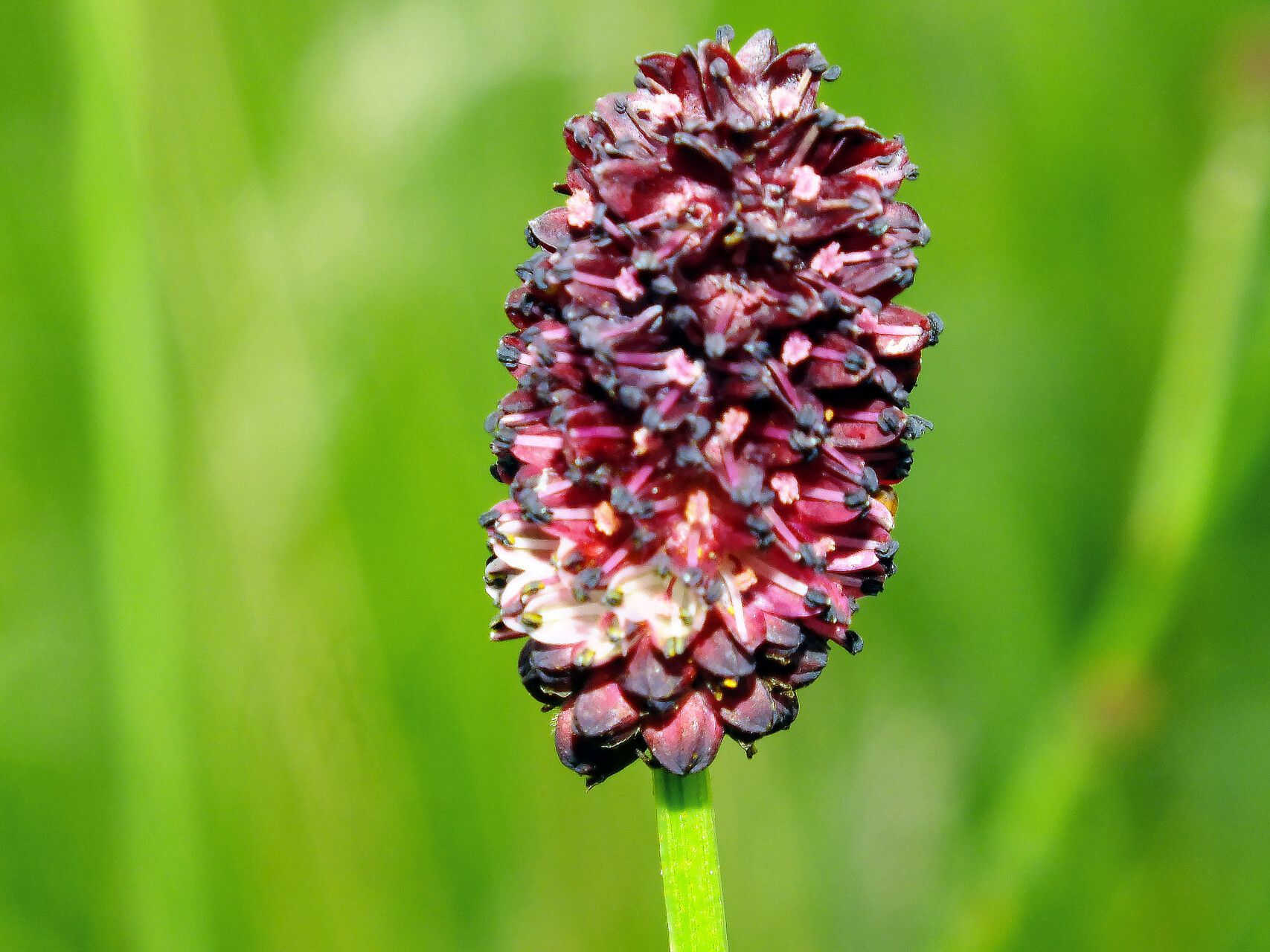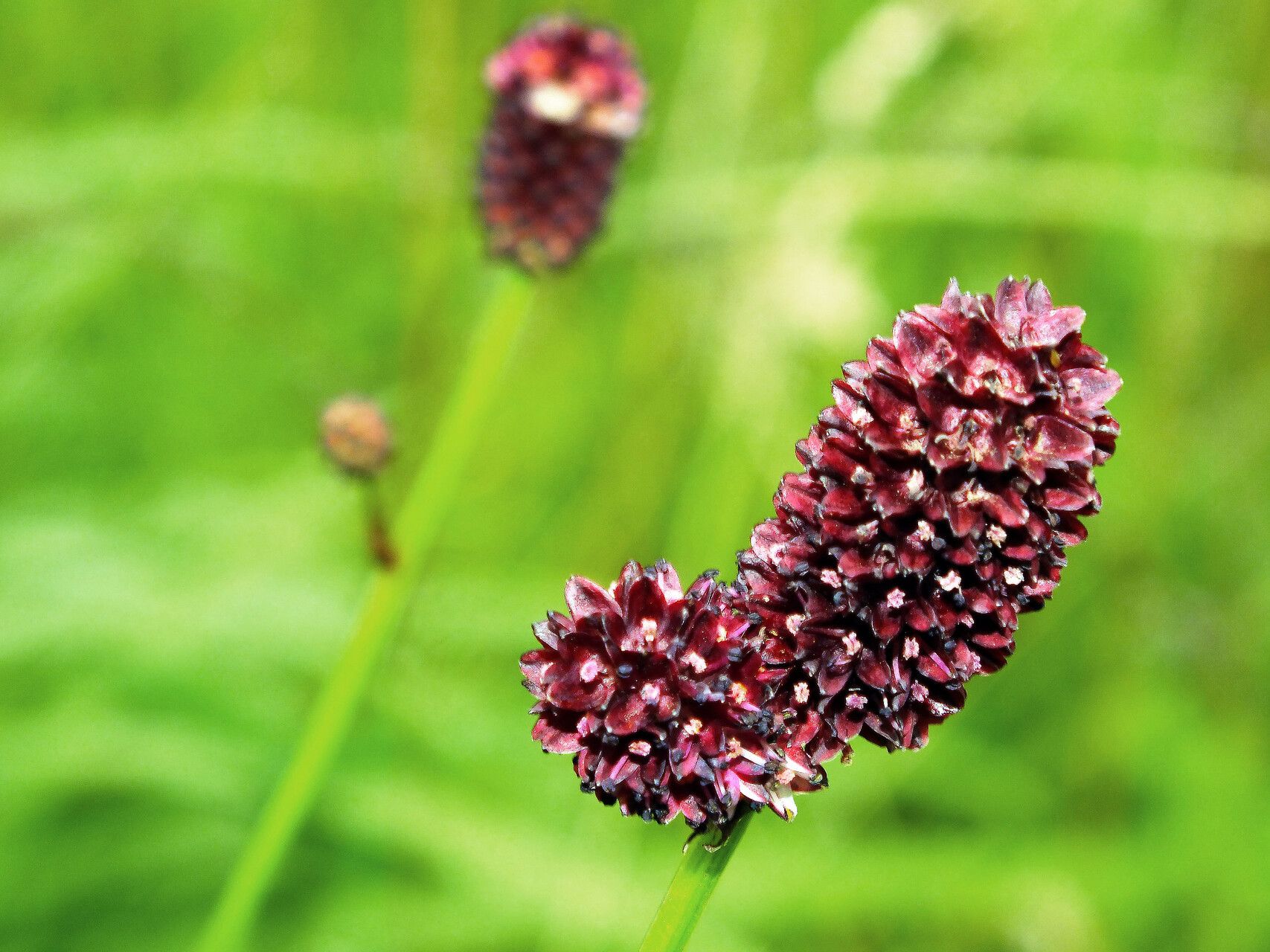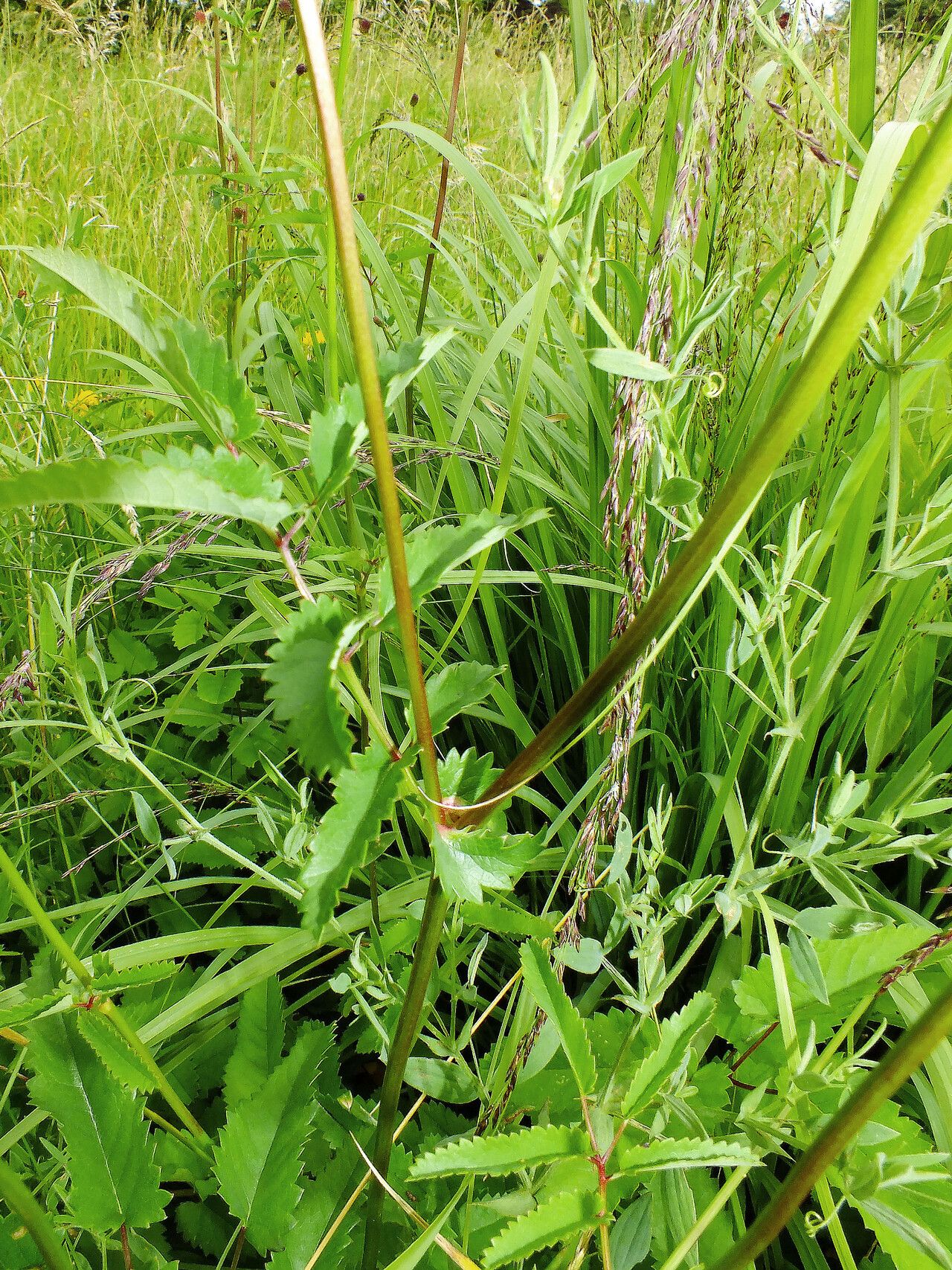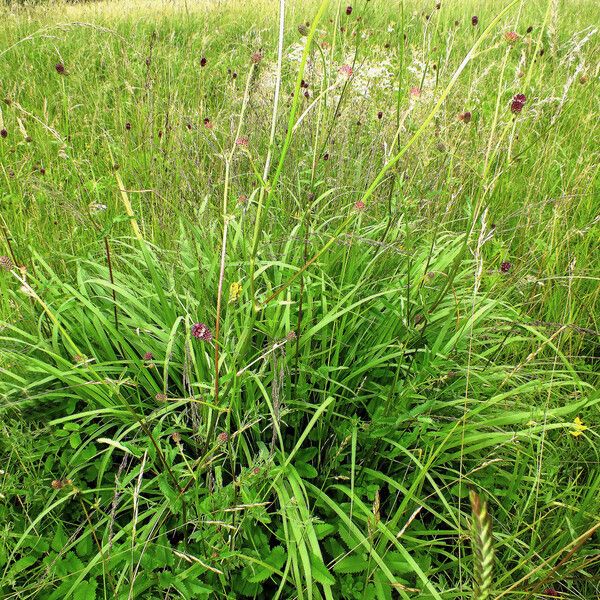觀察資料
鑑定結果
Proposed determination
可能的名字 (送出的名稱)
100%Confidence score
Suggest another determination
You don’t agree with the suggested species but don’t have another suggestion
註解
額外資料
建立日期
2024年6月25日
最後修訂
2024年6月25日
Łódź, Botanical Garden
It is native throughout the cooler regions of the Northern Hemisphere in Europe, northern Asia, and northern North America.
Edible plant - young leaves and flower buds - raw or cooked; the fresh or dried leaves are used as a tea substitute.
Herbal plant - modern research in China has shown that the whole herb heals burns more effectively than the extracted tannins (the astringent component of the plant); patients suffering from eczema showed marked improvement when treated with an ointment made from the root and petroleum jelly; the leaves are astringent, refrigerant, styptic and tonic, they are used in the treatment of fevers and bleeding; the roots are anodyne, astringent, diuretic, febrifuge, haemostatic, tonic and vulnerary, they are used in the treatment of peptic ulcers, haematuria, menorrhagia, bloody stool, dysentery, diarrhoea, haemorrhoids and burns; the whole plant is an excellent internal treatment for all sorts of abnormal discharges including diarrhoea, dysentery and leucorrhoea, it is used externally in the treatment of burns, scalds, sores and skin diseases; this species was ranked 19th in a Chinese survey of 250 potential anti-fertility plants.
Usable plant - the roots contain tannin.
Shared in
群組 (16)







